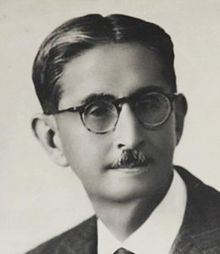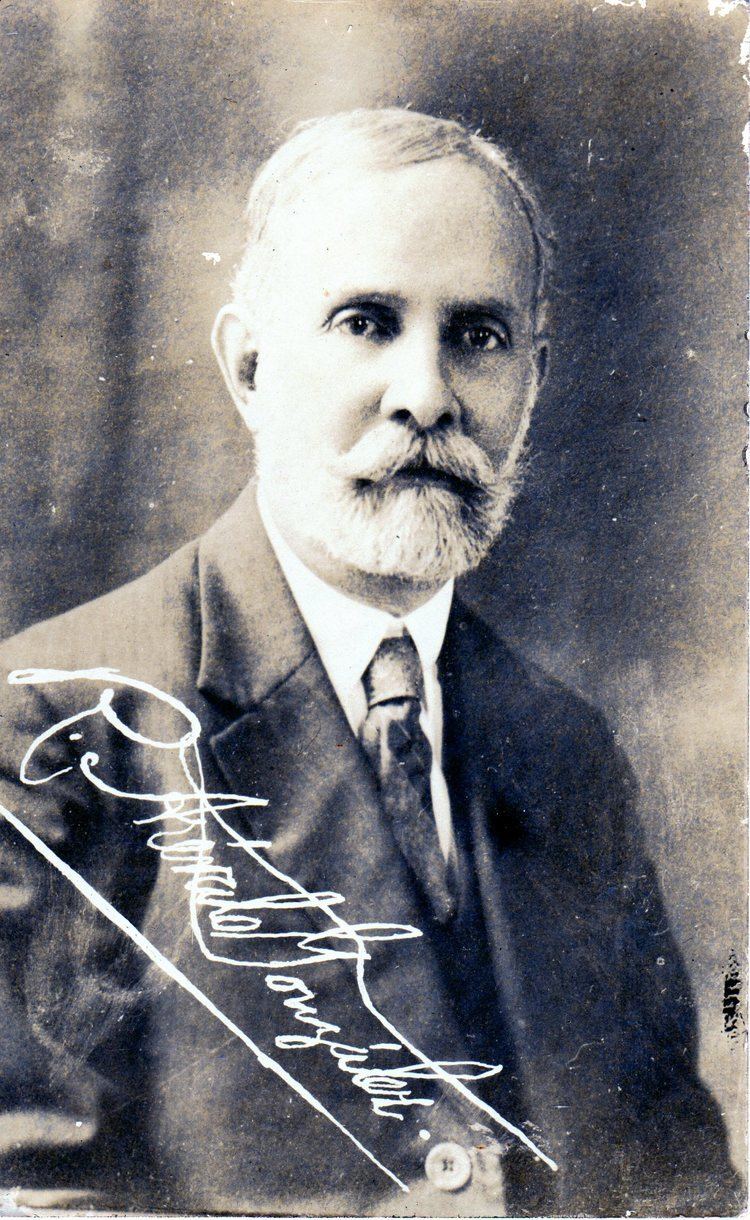Name Rafael Martinez | Role Writer | |
 | ||
Born 25 July 1884
Guatemala City Guatemala ( 1884-07-25 ) Died June 12, 1975, Guatemala City, Guatemala | ||
Banda rafael arevalo martinez
Rafael Arevalo Martinez (25 July 1884, Guatemala City –12 June 1975, Guatemala City) was a Guatemalan writer. He was a novelist, short-story writer, poet, diplomat, and director of Guatemala’s national library for more than 20 years. Though Arevalo Martinez’s fame has waned, he is still considered important because of his short stories, and one in particular: The man who resembled a horse and the biography of president Manuel Estrada Cabrera, ¡Ecce Pericles!. Arevalo Martinez was director of the Guatemalan National Library from 1926 until 1946, when he became for a year Guatemala’s representative before the Pan American Union in Washington, D.C. He was the political and literary counterpart of his more famous countryman, Nobel Prize winner Miguel Angel Asturias; while Arevalo Martinez was an unapologetic admirer of the United States, Asturias was a bitter critic of the New Orleans-based United Fruit Company (now part of United Brands Company), which he felt had plundered his country.
Contents

Banda rafael arevalo martinez
Biography
Arevalo Martinez was a shy child, prone to sickness but with acute talent. His mother took care of him, given that his father died when he was only four years old. He attended «Nia Chon» and «San Jose de los Infantes», schools, but could not even finish high school due to his health problems.
Along with artist, writers and poets like Carlos Merida, Rafael Rodriguez Padilla, Rafael Yela Gunther, Carlos Valenti, and Carlos Wyld Ospina among others, worked very close to Jaime Sabartes, an Spanish that arrived to Guatemala in 1906 from Barcelona, where he was a close friend of Pablo Picasso; the group was known as the «1910 generation». Arevalo Martinez and the other members of his generation were crucial for the literature and arts of the 20th century in Central America as they abandoned Modernism in search of new trends. Later on Arevalo Martinez created his own style, although there are a number of Guatemalan writers that are grateful for his grammar advise.
Arevalo Martinez worked both prose and poetry. His first literary work appeared in 1905 when his first poem was printed in a newspaper, and in 1908 he published Woman and children for the Electra magazine contest, that he won. In 1911, along with Jaime Sabartes decided to rent with their wives a house to save for both families. With Francisco Fernandez Hall in 1913 founded was editor in chief of the magazine Juan Chapin, main outlet for the "1910 generation". He wrote for several newspapers and magazines, both nationally and internationally; In 1916, Arevalo Martinez lived for a while in Tegucigalpa where he was working as editor in chief for El Nuevo Tiempo, but went back to Guatemala a few months later. Over there, he was named secretary of the Central American Office, where had already worked editing their magazine in 1915. In 1921 we was appointed as correspondent for the Real Academia Espanola and on 15 September 1922, along with Alejandro Cordova, Carlos Wyld Ospina and Porfirio Barba Jacob founded the newspaper El Imparcial.
He was president of the "Ateneo Guatemalteco", director of the National Library for almost twenty years and in 1945 he was named the Guatemalan detalate before the Pan American Union and director of the Mexican Library in Guatemala.
Writing
Arevalo Martinez's best book of poems was Las rosas de Engaddi (1923; "The Roses of Engaddi"), but he is not remembered as a poet. He published two interconnected utopian novels, El mundo de Los Maharachias (1938; "The World of the Maharachias") and Viaje a Ipanda (1939; "A Voyage to Ipanda"). In the first novel a shipwrecked man named Manuol [sic] finds a civilization of creatures that resemble monkeys but are superior to men. The Maharachias' sensitive tails are almost spiritual. In the second novel the tone is more intellectual and political, and the result is less satisfactory. Arevalo Martinez is remembered mostly for the title story of his collection El hombre que parecia un caballo (1920; "The Man Who Resembled a Horse"), which was once considered the most famous Latin American short story of the 20th century. First published in 1915, the story was so successful that Arevalo made other experiments in the same vein. These "psychozoological stories," as he called them (probably remembering Kipling), involve a dog or a lioness or some other animal. "The Man Who Resembled a Horse" purports to be the satirical portrait of Colombian poet Porfirio Barba Jacob, who is given the character of a blaspheming, egotistical, and amoral man. The story's power lies in the delirious and oblique account of homoerotic desire. The protagonist's resemblance to a horse embraces his graceful, yet brutal sexuality and his total disregard for morality. The story is deliberately decadent, luxuriant in tone, and its version of sexual desire owes much to Friedrich Nietzsche and Sigmund Freud, who were very popular at the time Arevalo Martinez wrote it. Roberto Gonzalez Echevarria
